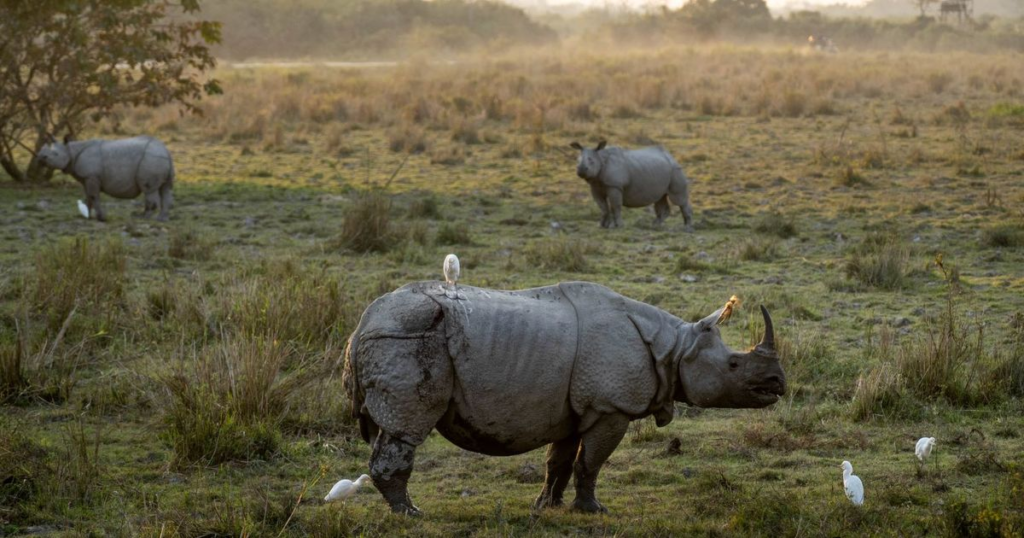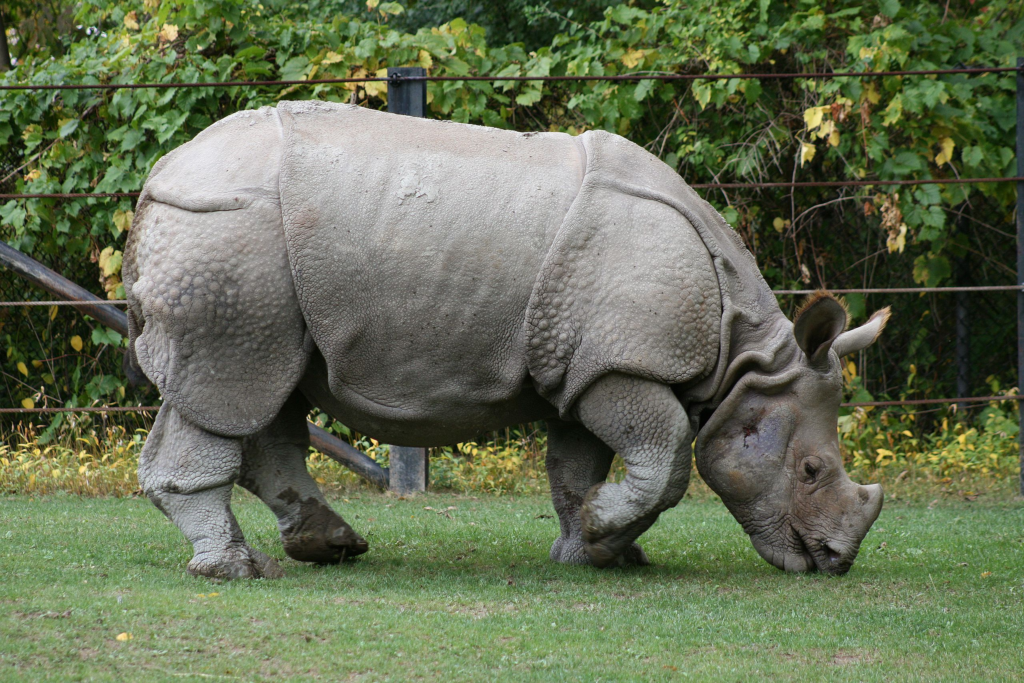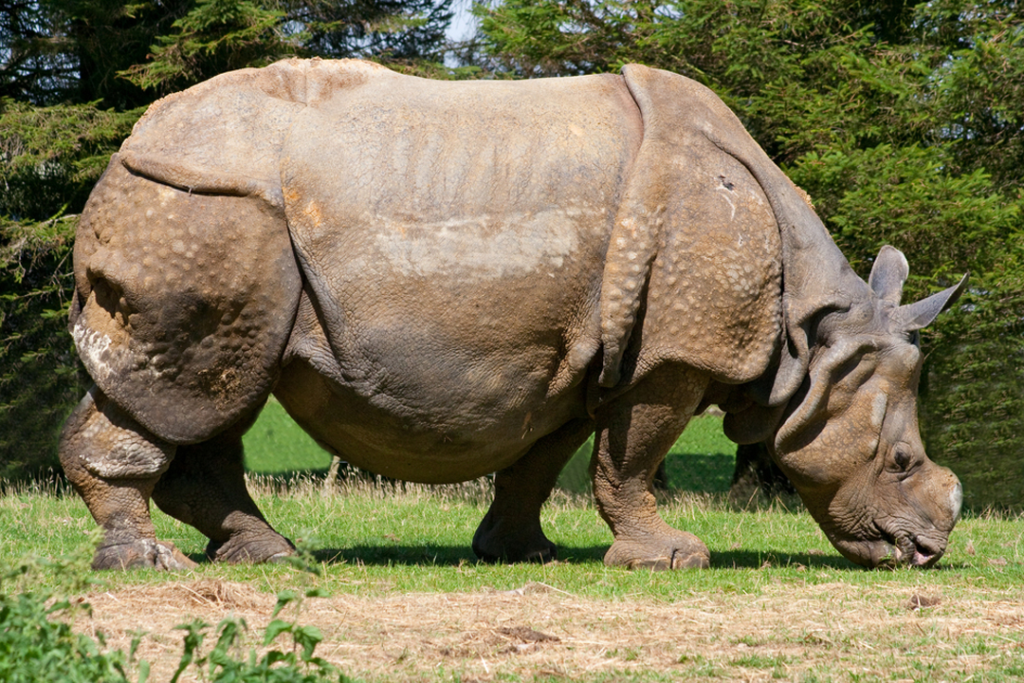Explore the diverse world of rhinoceros species and learn about the challenges they face in their fight for survival. Gain insights into the unique characteristics of White and Black Rhinoceros.
Introduction
Rhinoceros, belonging to the family Rhinocerotidae, represents a group of formidable herbivores, characterized by their imposing stature and distinctive horns. Among the largest land mammals, only African and Asian elephants surpass the height of the two largest rhinoceros species—the white rhinos and the Indian rhinos. However, despite their historical success, these magnificent creatures find themselves in a perilous state today.
ALSO READ : Gomphotheres : Majestic Giants Of The Ancient World

Diversity of Rhinoceros species
The rhinoceros family comprises five or six species, each unique in its own right. The white rhinoceros, divided into northern and southern subspecies, and the black rhinos inhabit Africa. Meanwhile, the Indian, Javan, and Sumatran rhinos call Asia their home. Sadly, the majority of these species face endangerment, with the total global population estimated to be fewer than 30,000 individuals.

Distinctive features
Rhinoceroses are distinctive for their conspicuous keratin horns on their snouts, akin to hair composition. Their massive size, spanning 2.5 to 4 meters, establishes them among the largest land mammals. Characterized by thick, plate-like skin folds and predominantly gray or brown hues, rhinos are mostly hairless, except for minimal tail and ear fringes. This unique combination of features renders rhinos easily identifiable in the wild, contributing to their iconic presence in the animal kingdom.

Behavioral traits
Most rhinos are solitary creatures, marking their territories with well-worn trails, urine, and dung. However, the white rhinos bucks this trend, forming groups of up to 10 individuals. Despite their seemingly lumbering appearance, rhinos are surprisingly agile, capable of reaching speeds up to 45 km/h. They communicate using infrasonic frequencies, imperceptible to humans, which aids in navigating dense vegetation and signaling reproductive receptivity.

Reproductive challenges
The large size of rhinos plays a pivotal role in their slow reproductive rates. Female rhinos typically don’t conceive until reaching six years of age, and their gestation periods extend up to 16 months. The poaching crisis, particularly targeting breeding-age females, poses a substantial obstacle to population rebound. Yet, there’s a ray of hope, especially for the Indian rhinos, as it can swiftly conceive after losing a calf. This adaptive ability presents a potential lifeline for their survival, offering a glimpse of resilience amidst the challenges these magnificent creatures face.

The battle for mates
While the African rhinoceros species engage in combat using their horns, Asian rhinos, such as the Indian rhinos, employ razor-sharp lower incisor teeth. These tusks can reach lengths of 13 cm and play a crucial role in establishing dominance and securing access to breeding females. This intriguing adaptation showcases the diverse strategies rhinos have evolved for survival in their respective environments.

The threat of poaching
The most alarming threat to rhinoceros populations today is poaching. Driven by the demand for rhinoceros horns in traditional Chinese medicine, these magnificent creatures are hunted relentlessly. Despite substitutes being available, rhinoceros horn commands exorbitant prices in Asian markets. Conservation efforts are crucial to combat this illicit trade and ensure the survival of these extraordinary animals.

Conclusion
Rhinoceroses, with their impressive stature and unique characteristics, face an uncertain future. The challenges of habitat loss, low reproductive rates, and relentless poaching cast a shadow over the survival of these magnificent creatures. Conservation initiatives, international collaboration, and public awareness are essential to secure a future where rhinoceroses continue to roam the wild, contributing to the rich tapestry of Earth’s biodiversity.
To explore more news : Click Here
ALSO READ : Sea Monsters Of The Deep : Unraveling The Intriguing Mysteries Of The 16th Century




































